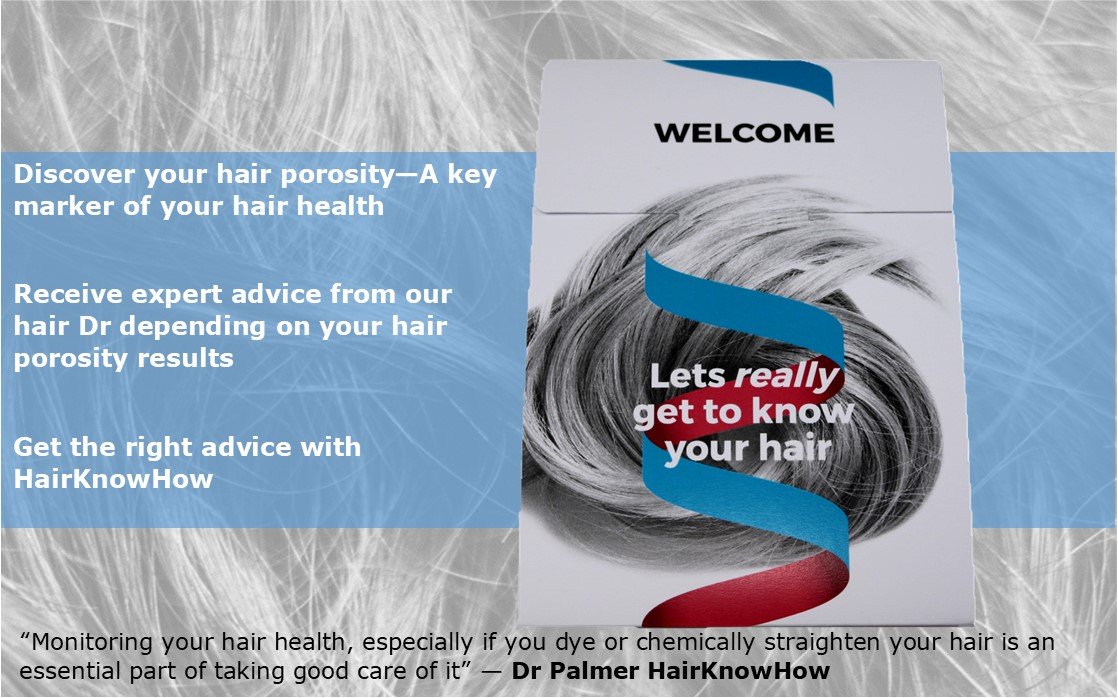Updated October 2022 By Dr Jonathan Palmer
What are hair straighteners and curling irons doing to my hair
How is heating my hair with hot irons and hair curlers damaging my hair?
Heating your hair to the very high temperatures obtained using hair straighteners and hair curlers (over 230 degrees Celsius) results in an instant or flash boiling of the water and natural oils found within your hair. This flash boiling creates very high pressures within your fibres cortex, forming holes, voids, and cracks.
In addition, small boils or blisters form on the surface of your hair fibres. These cuticle features are permanent, and because they stand out from the surface of each fibre, they increase the everyday wear and tear from brushing and other grooming activities.
These blisters cannot be seen with your eyes. Still, the damage is real, and the effects of direct surface heating significantly increase the rates of cuticle damage and cortex porosity.
The unseen damage to your hair caused by curling irons and hair straighteners
Other unseen damage can include oxidative damage, which occurs due to the generation of free radicals. Free radicals result from the burning or degradation of the oils and different chemistries within your hair. These free radicals can disrupt the disulfide bonds within your hair, weakening it making it more prone to breakage.
As an Amazon Associate I earn from qualifying purchases - Click here to read our Affiliate Disclaimer
Straightening your hair with heating tongs doesn't need to be massively destructive to your hair, causing the sort of blisters shown above. The solution is a temperature-controlled curler or straightener! Experiment with the temperature and the length of hair contact time to discover the lowest heat settings you need to get the look you want. Get the look without the damage!
What heat damage means for your hair?
Heat-damaged high porosity hair is likely to have higher amounts of frizz, split ends, and a reduction in colour intensity, lustre and volume.
To help protect your hair from heat damage, we have prepared a quick guide with our top five tips for protecting your hair.
Get Expert Hair Analysis and Help
If you are worried about your split ends or excessive hair breakage or would just like your hair checked to see how healthy it is, give a HairKnowHow Hair Analysis a try!
Please contact the HairKnowHow Team for assistance or feel free to try one of our services below. We can help diagnose the cause of your hair challenges and recommend treatments for you.
Contact the HairKnowHow Team if you have any questions.




